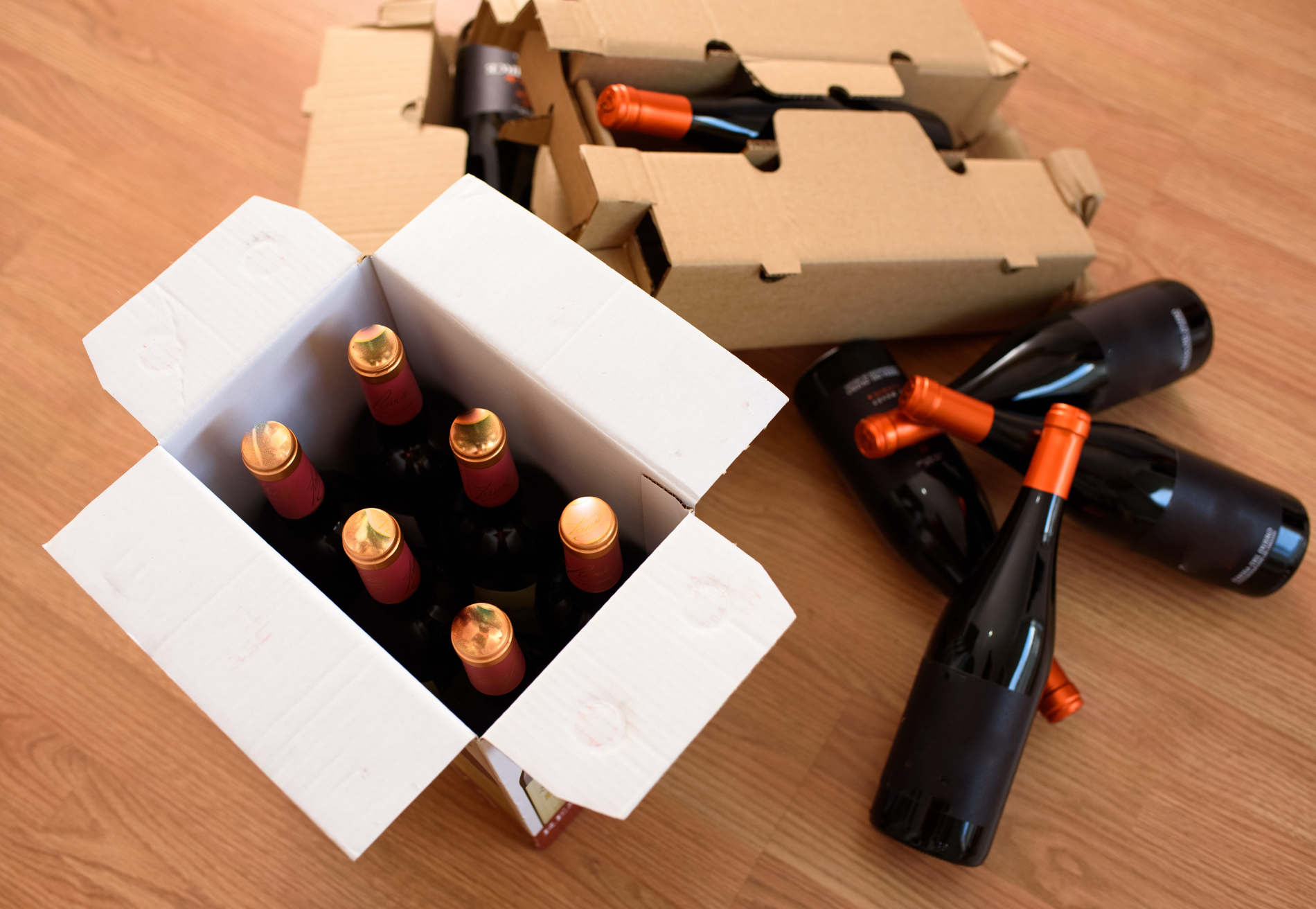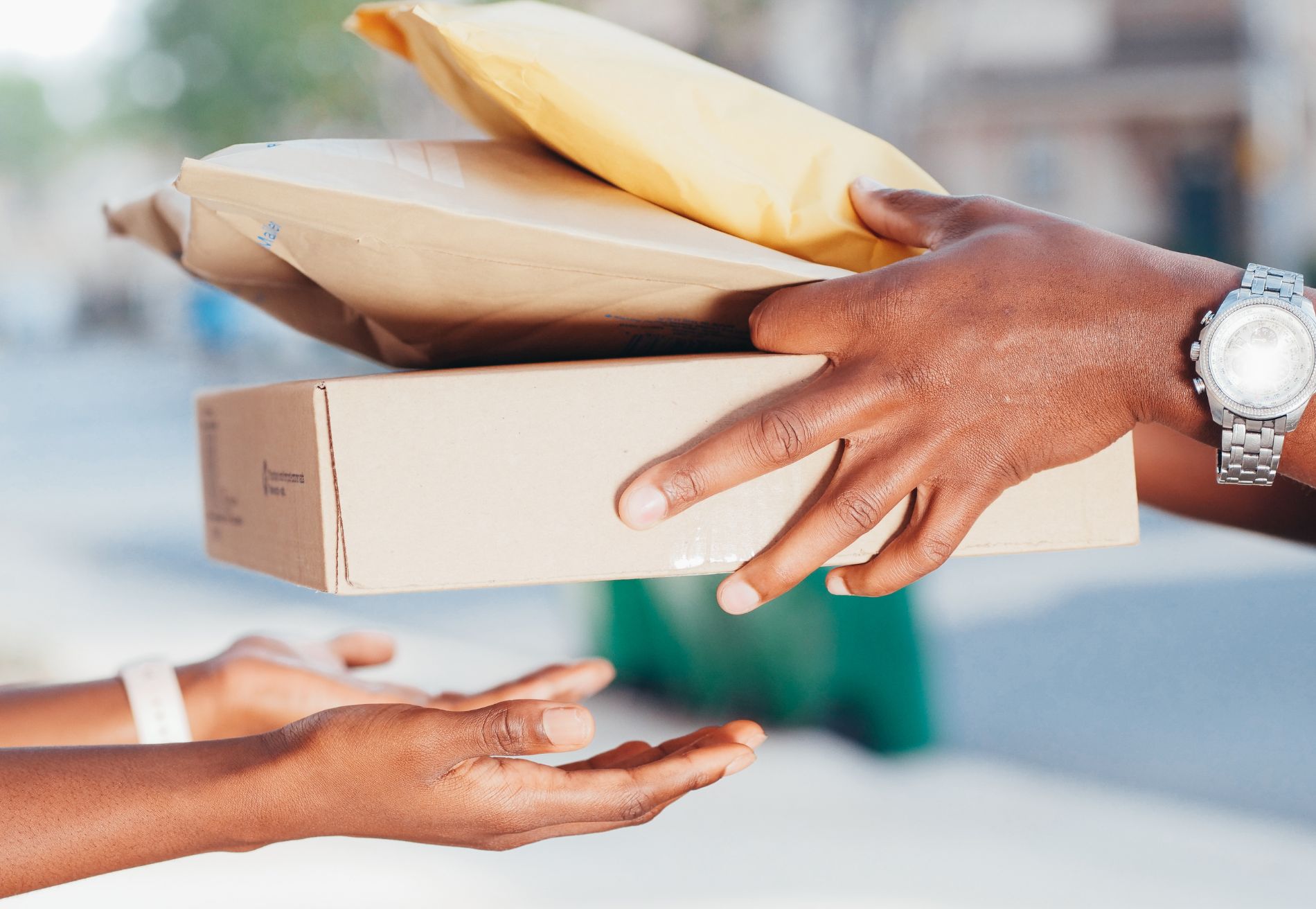What to Look for in Delivery Software for Small Businesses

You invest so much effort into launching your small business; promoting your brand, running marketing campaigns, creating your product, and establishing your company. Landing that first sale takes a lot of time and energy. When that first sale does happen, make sure you are prepared by choosing the right local delivery software.
Delivery software for small businesses removes the challenge of coordinating delivery logistics like finding drivers, managing orders, and more so that you can focus on growing your business. The rapid growth of technology and the demand for delivery has led many entrepreneurs to turn to delivery software to get their meals into the hands—and stomachs— of customers. Small businesses like ghost kitchens, restaurants, and meal prep companies that rely on delivery have reshaped the food landscape. In fact, even before the pandemic, the food delivery market showed an expected growth rate of 13.5% annually.
To capitalize on this growth, make sure you find delivery software that has everything you need to succeed. As you begin researching and choosing delivery software for your small business, look out for these seven features that will improve your overall experience from order creation to final delivery.
7 Things to Look for in Delivery Software
As a small business, finding the right delivery software is vital to not only your brand’s success, but also customer satisfaction. The best delivery software will provide necessary information to your drivers to complete the delivery, keep customers up to date on when their purchase will arrive, and give you all of the details you need to be able to actively manage your orders.
1. Simple, Easy-to-Use Dashboard
The dashboard will be where you spend a majority of your time managing your deliveries, so the software that you choose should prioritize a simple, easy-to-use interface. All of your delivery activities should be able to be completed in one location. That means no more wasting time switching back and forth between different sites or apps. And yes, in today’s on-the-go world of technology, this dashboard should be mobile friendly—or have an accompanying mobile app— so that you can access the information you need anytime, anywhere whether on a phone or tablet.
In this singular dashboard, you should be able to follow the delivery process the entire way through. Everything should be made accessible to you: dispatching deliveries, finding available drivers, planning routes, contacting the customer, receiving delivery confirmation, and even populating stats related to your completed orders. When you have this information readily available, you will be able to seamlessly track, edit, and improve the experience for you, your drivers, and your customers.
2. Real-Time Driver Location Tracking
Live-tracking on Google Maps— or one of the other major map services—makes it easy for everyone to see exactly where the delivery is, and when it will reach its destination. This is important not only for you, but also your drivers and customers.
- Why it matters to you: Once you have dispatched deliveries to drivers using the dashboard, you need to be able to watch the order as it makes its way to the customer. Your software should show you the planned route of deliveries being made while allowing you to view all of your active drivers at the same time.
- Why it matters to your drivers: Real-time location tracking gives drivers the opportunity to plan their route before the delivery ever begins. This can help them complete their deliveries faster and avoid areas of bad traffic. It will also create a more streamlined approach to scheduling deliveries by optimizing transactions in the order in which they were made.
- Why it matters to your customers: When a customer makes a purchase, they want to know exactly when it will get delivered to them. Software with real-time location tracking gives your customers the ability to see up-to-the-minute delivery estimates. This takes the guessing out of when they will receive their order and results in higher customer satisfaction.
3. The Ability to Manage On-Demand and Scheduled Orders
As a small business, you know that the ability to be flexible is important. Things change often and you need to be able to adjust. The delivery software you choose should help you stay nimble, whether those orders were created yesterday or five minutes ago and need to be delivered ASAP.
Within the delivery software’s dashboard, you should have options for reviewing, editing, and tracking each of your scheduled and on-demand orders. Some of the specific management functionalities that you will need from your software include:
- Update delivery address and instructions
- Update customer contact information
- Reschedule a delivery
- Assign a driver
By managing all of your orders together in one place, you will gain the ability to make quick decisions and updates that can create a better experience for you, your drivers, and your customers.
4. Automated or Manual Order Input
There is no one way to run a small business, which is why your delivery software needs to be able to accommodate your orders, however they come. Whether you have a dedicated e-commerce site that generates orders, you take purchases through a more manual setup, or your business has a combination of both, the software you choose should be able to recognize your delivery needs and organize your data appropriately for you.
The choice of how you input your order information should be up to you and simple to navigate, whether done automatically or manually.
- Automated entry: Most small businesses with an e-commerce platform will find it easy to transfer their delivery orders automatically using an API or by integrating. This automated experience forwards the needed delivery information to your software and prepares it for dispatch to drivers without extra work from you. Make sure your delivery software integrates with major online ordering services (such as ChowNow and GrubHub) and e-commerce platforms (such as Shopify and WooCommerce).
- Manual entry: For small businesses with fewer orders or a system that does not allow for automated entry, the software you choose should have an option for manual entry. This can be done by placing order information one-by-one, or uploading an Excel spreadsheet which will populate for you and begin dispatching. Manual entries need to be able to be used in conjunction with automated entries as well, especially for last-minute or special deliveries that need to be quickly dispatched.
5. Mobile App for Drivers
A mobile app for delivery management will give your drivers all of the information they need to make fast and easy deliveries. If something changes or they need to reroute, it should be easy to make adjustments on the fly, all within the app.
As you are searching for software, look for a solution that includes an app that allows drivers to see:
- Their delivery queue: Drivers should be able to browse all of their upcoming orders so that they can have a plan for their route and shift.
- Pickup and delivery addresses: Make sure your drivers know exactly where they are going and what is expected.
- Order details: The ability to see all of the necessary information about the purchase will ensure that drivers are making the correct delivery.
- Maps and navigation: Drivers need to be able to plan their delivery route and then reroute as needed depending on their delivery queue, traffic, etc.
- Contact numbers and delivery instructions: The option to be able to communicate with customers about their delivery, and the functionality to finish the delivery as requested, will lead to higher customer satisfaction.
- Space to provide proof of delivery: Drivers should have a place within the app to include a picture or signature that verifies the completed delivery.
6. Mobile App for Businesses
As someone who helps run a small business, sometimes it seems as though you have to be in a dozen different places at once. It’s not always practical to carry around a laptop or have to wrangle a mobile browser page when you need to make a quick dispatch assignment to a driver or update the delivery instructions for an order going out ASAP. That is why your delivery software should also offer a mobile business app.
Your delivery software’s mobile business app needs to provide all of the dispatch control panel functionalities available on a desktop version—but in a much more user-friendly smartphone or tablet setup. From adding drivers to tracking real-time locations of orders that are out for delivery, all of it should be possible with just a few simple taps. The app will allow you to keep up with your business as you’re on the go, making delivery management fast and easy.
7. Delivery Tracking for Customers
Customers almost always want to know exactly when their order is set to arrive, especially if they made a time-sensitive purchase like one from a ghost kitchen, restaurant delivery service, or meal prep business. Keep your customers in the loop with live order tracking and up-to-the-minute ETAs. Your delivery software should have this real-time tracking data available while giving your customer the ability to see information about the driver and the option to contact them if they have a question or something has changed with the order. Customers will then be happier with the final product that arrives to them since they were an active member of the delivery process.
After delivery is made, your delivery software should send a confirmation via SMS text message and email to your customer. That confirmation needs to then prompt customers to rate their delivery experience with just a few simple taps. You can use the feedback you receive to improve your overall customer journey.
How Shipday Can Help
Shipday provides delivery management software for restaurants, meal prep services, grocery stores, and other small businesses that offer delivery services locally. You can easily track your delivery orders and get your product in the hands of customers, fast. Monitor the real-time location of your drivers and order status, all from your phone or tablet via our easy-to-use dashboard.
With Shipday, you can:
- Manage both on-demand and scheduled orders
- Monitor your driver status
- Manually or automatically assign orders to your drivers
- Receive delivery status updates from your drivers
Shipday’s delivery software for small businesses also seamlessly integrates with other restaurant ordering and e-commerce platforms to keep all of your orders in one place. Available integrations include:
- Bbot
- ChowNow
- CloudWaitress
- Delivery.com
- Drizly
- E-hungry
- Eat 24
- EatStreet
- Flipdish
- Gloria Food
- Go-Parrot
- GrubHub
- Menufy
- Slice
- Squarespace
- Toast online
- Wix
- Zuppler
- Shopify
- Woo-commerce
- Square
Start a free 30-day trial, no credit card required.
Index
Ready to get started?
Play around with it first, add your team, pay later.








.avif)






%201.svg)
